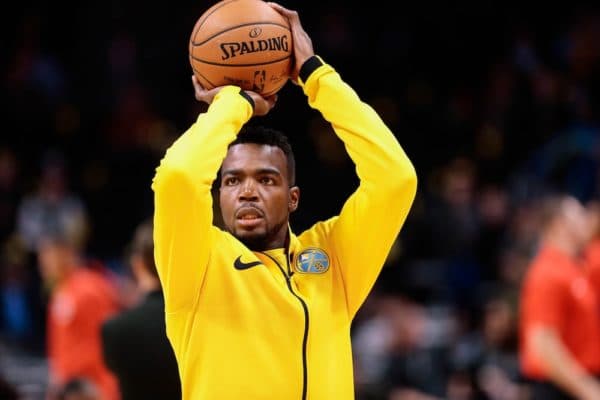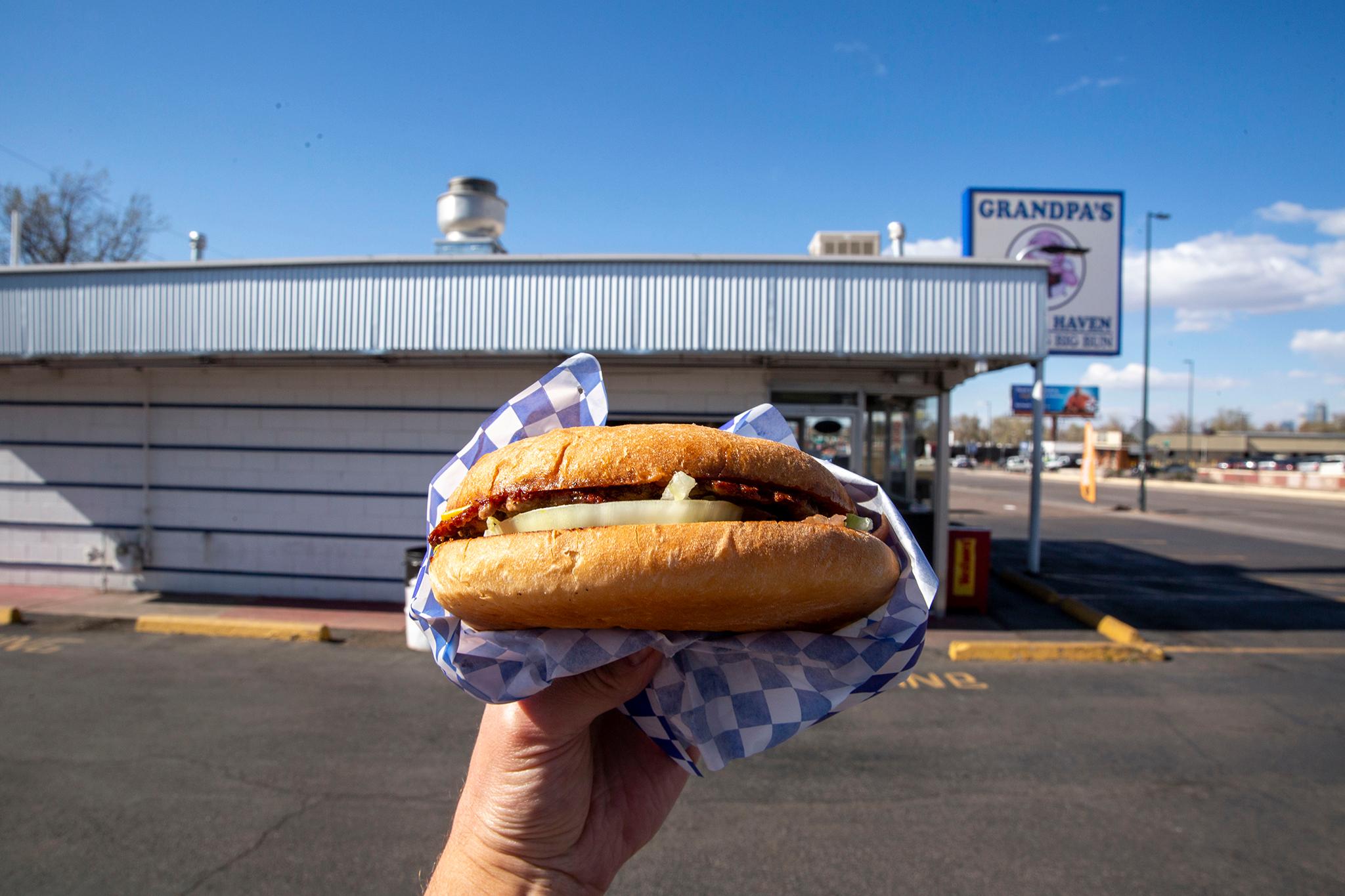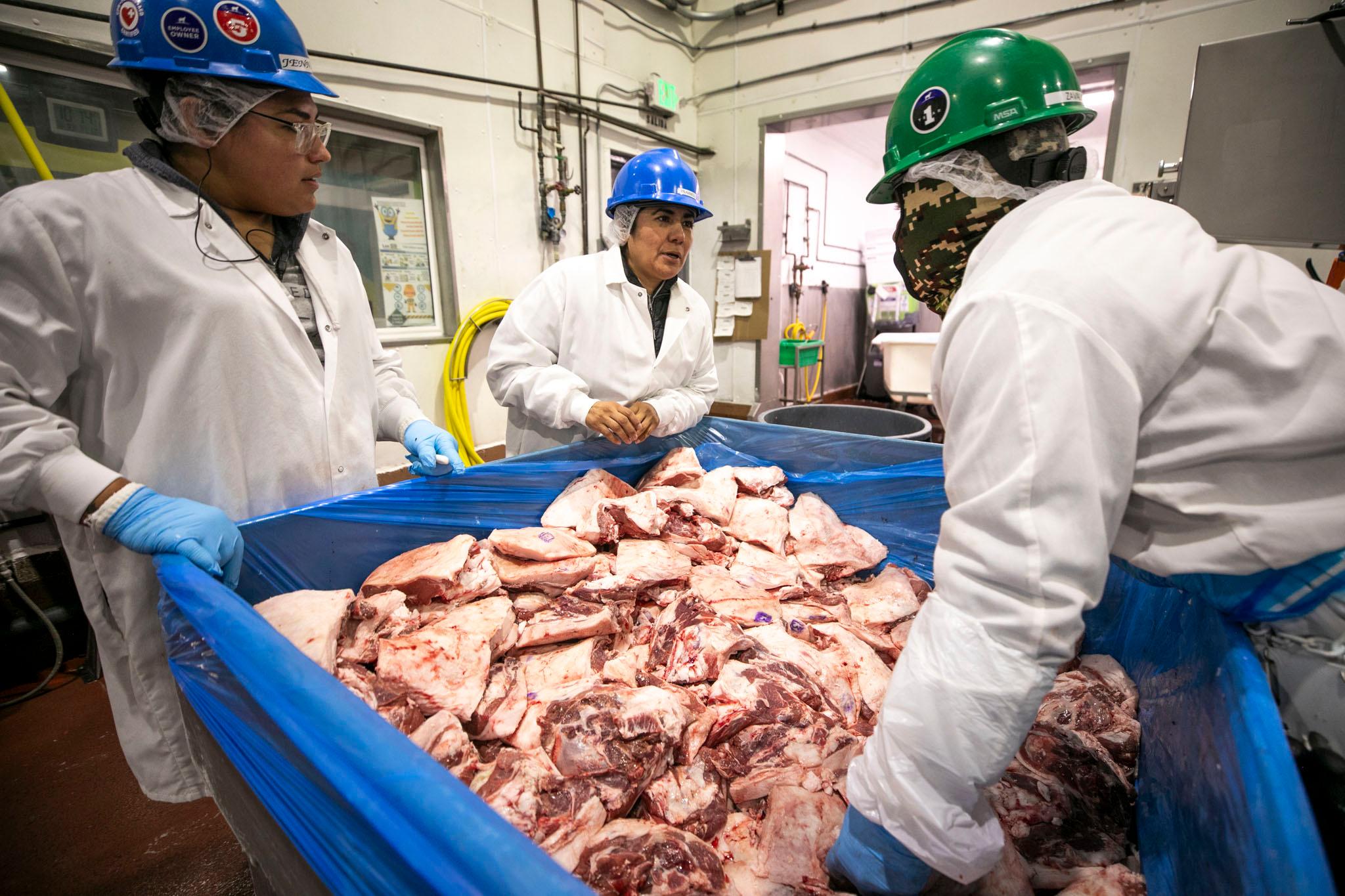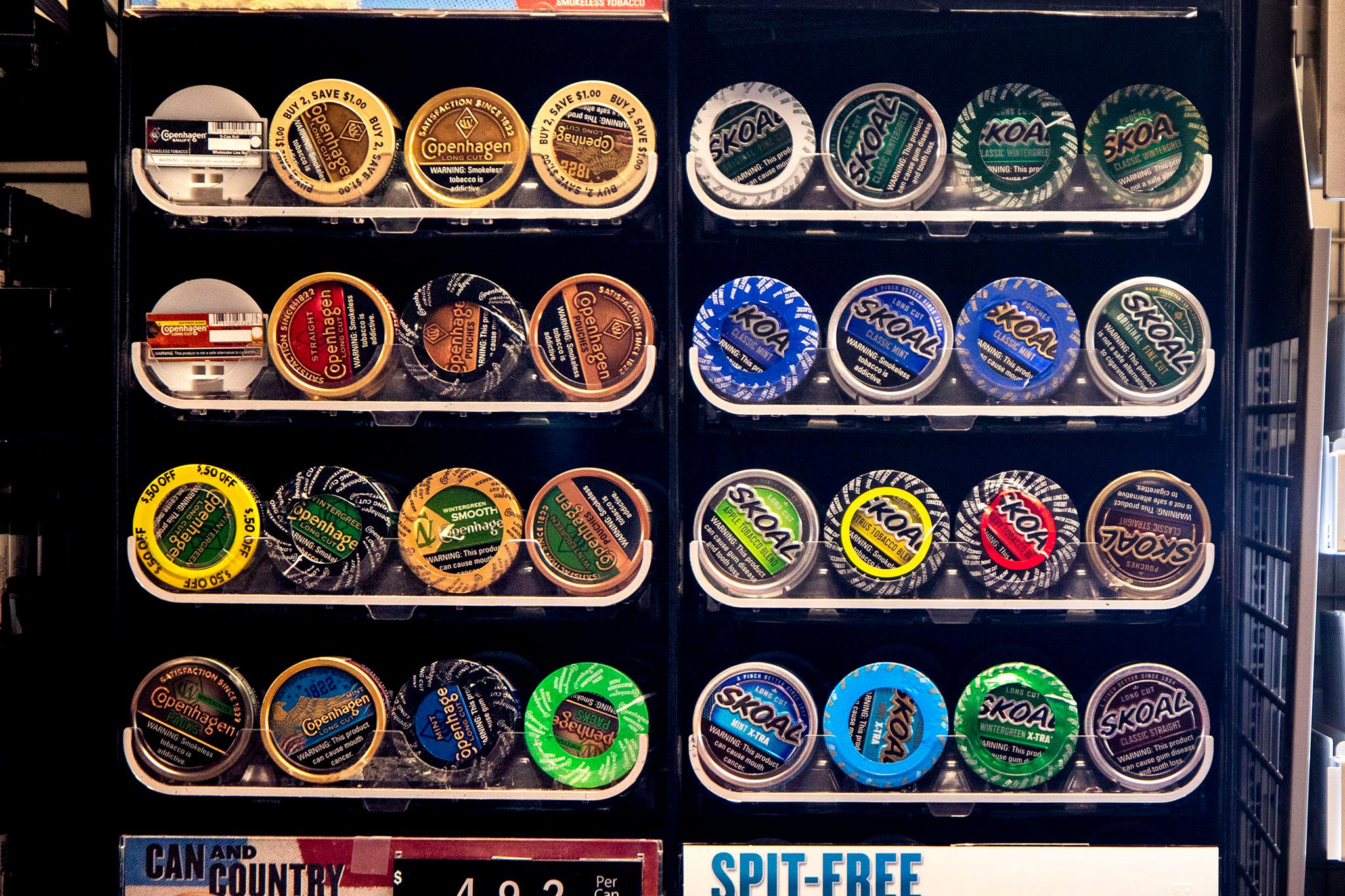
We're only four games into the 2017-18 season, but one thing that's apparent about the Denver Nuggets is that an offense that looked so crisp a year ago now looks clunky.
The Nuggets fell to the Charlotte Hornets 110-93 on Wednesday, which dropped their record to 1-3. The game marked the third time Denver failed to hit the century-mark in four games. To put that into perspective, Denver scored less than 100 points only three times last season from Dec. 15 on, when Nikola Jokic was inserted as the starting center.
What's concerning so far isn't so much the fact that open shots aren't falling; it's that the types of shots the Nuggets are taking are fundamentally different than they were a year ago.
The two most efficient types of shots in basketball are 3-pointers and shots attempted near the rim. The least efficient type of shot tends to be taken from the mid-range.
The Nuggets were among the league leaders in terms of the percent of shots they attempted at the rim in 2016-17; so far this season, they are shooting the second-fewest percent of their shots at the rim in the NBA. Check out these splits, courtesy of Cleaning the Glass.
All those back cuts that led to layups last year just haven't been there. Instead, Denver has gotten a lot more looks like this:
There are a number of reasons to explain why Denver's offense looks so different.
For starters, the Jokic-Paul Millsap pairing is still a work in progress. The two have logged 89 minutes together. In that time, Denver is scoring an anemic 95.4 points per 100 possessions. The Nuggets dominated when Jokic and Kenneth Faried shared the front court last year. Denver racked up a staggering 121 points per 100 possessions in the 479 minutes they played together. It's understandable to expect an adjustment period for the Jokic-Millsap pairing, but it's hard to believe it's been this bad.
There's also the fact that Denver is rolling out new starters at the point guard and small forward positions. Jameer Nelson and Danilo Gallinari made most of the starts last year at those spots. They've been replaced by Jamal Murray and Wilson Chandler. Neither Murray nor Chandler have shot the ball well in the early going. Together, they've combined to make 25 of 80 shots from the floor. It's hard to win when two of your starters are converting less than a third of their shots.
Lastly, the man who some considered the Nuggets' de facto offensive coordinator, Chris Finch, is no longer with the team. Finch left his post to work for the Pelicans this summer. Why he left remains unclear. Finch was an assistant with the Houston Rockets, the NBA's most mid-range allergic team, before he worked in Denver. That the Nuggets are suddenly jacking mid-range shots in his absence is worth monitoring moving forward.
Denver woke up Thursday ranked 23rd in offensive efficiency. All the new variables have had an effect on what was one of the NBA's most dynamic offenses in 2016-17. There is plenty of time to figure it out still, but Wednesday night's clunker against the Hornets was at least cause for concern.
Subscribe to Denverite’s weekly sports newsletter here.














